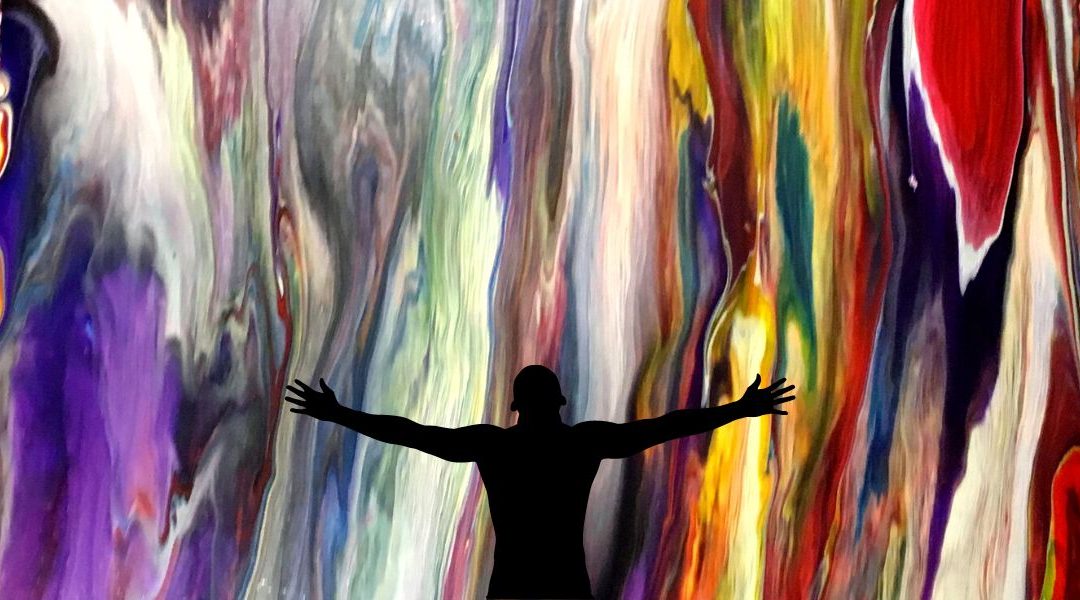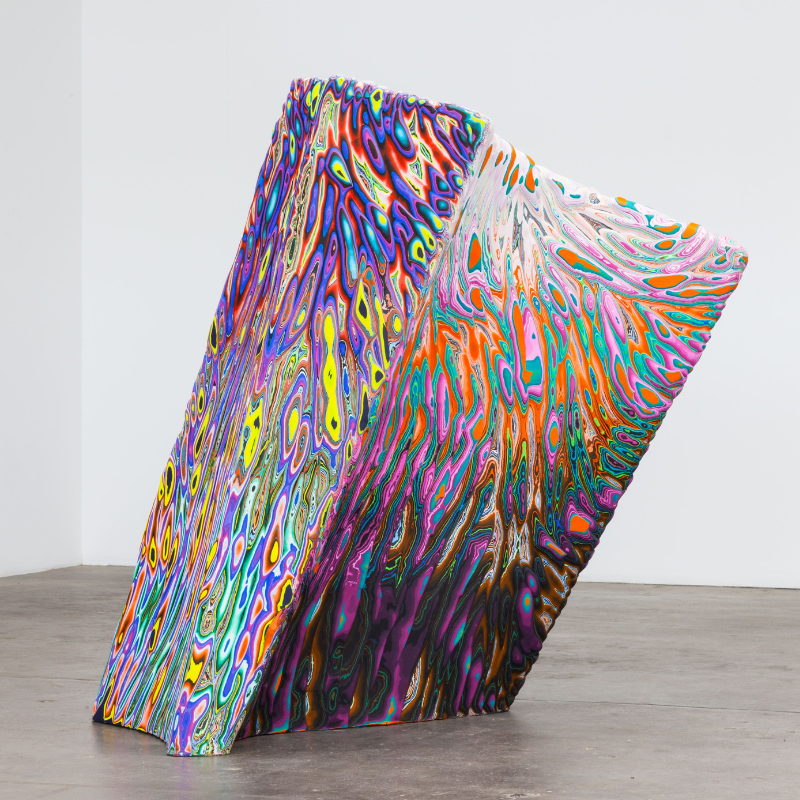“What visual artists influence your work?” is a question I’m asked constantly. For me, this is not a simple answer, since my work is influenced significantly by two realms. The first you can’t see, my societal and cultural experiences; the second is what you can see: the visual and emotional. Let me explain how.
Society & Culture
Skateboarding solidified my passion for both music and art. The visual style of skate art shares the same roots with the music which saturates its culture: punk, aggressive, “against the grain” music. Because my art is created with gravity, music and vibrations, I draw many parallels and influences from the world of skateboarding. Particularly from gravity since, like skating, my pouring is a constant fight against gravity. Music and vibrations amplify the experience and movement one feels while skating. You read the board’s vibrations to adjust what you’re trying to execute; hence, why I use the connection between these two tools to integrate into my visual art.
Why all this skateboarding talk? Because of my significant influence: Mark Gonzales (“The Gonz”).
Mark Gonzales (“The Gonz”)
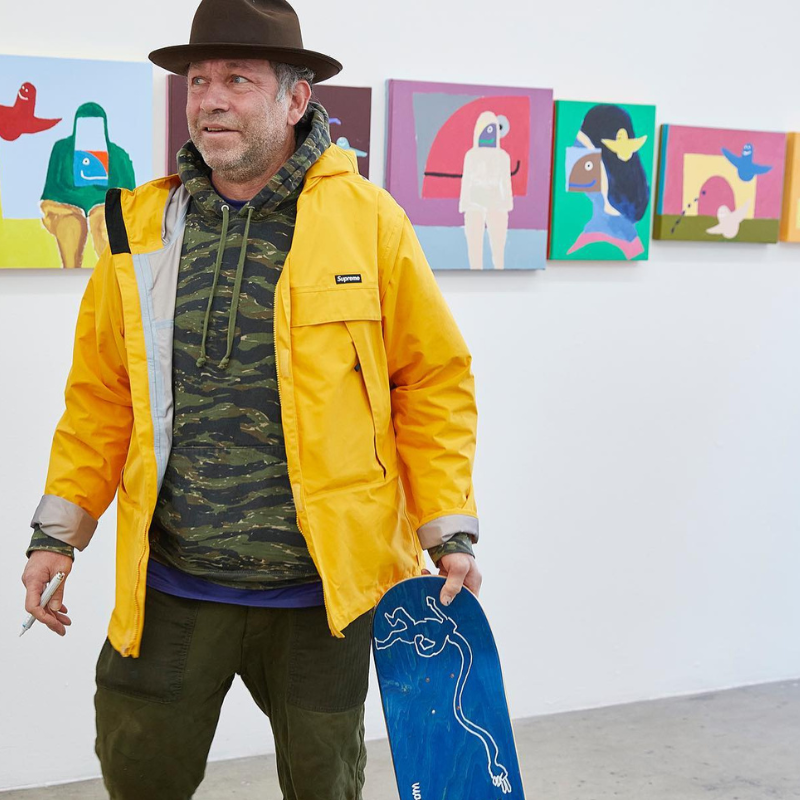
While not a commonly known name in visual art, the complete opposite is true regarding skateboarding. Mark Gonzales would draw images and phrases on his grip tape—the top of the skateboard that feels like sandpaper to give the skater grip. Mark constantly broke boards, creating new visual artwork on each new skateboard, which he also integrated onto his professional line of skateboards and clothing. Later in life, I found Mark had continued his creations with his own various skateboard companies as well as in art galleries.
Mark continues to use simplicity, grit, and color to illustrate regardless of the medium he graces it with. The “cherry on top” messaging he includes are jabs at the sours of society or culture he injects into his work. Having had the opportunity to meet and skate with Gonz, I can attest to his humor, goofiness, uniqueness and mysteriousness of character that exudes such powerful creativity into his visual artistry through skateboarding, culture, and visual art.
Ralph Steadman

Ralph Steadman’s visual artwork always “presses pause” on life for a minute for me. I’m immediately inhaled by the twisted sense of humor and sincerity he depicts in his political and social caricature work. He inspires me to create “timeless” pieces of art because his work remains relevant even though most of his best pieces were made years ago. Created during a similar political and cultural evolution as the confusing world we share today, Steadman weaves humor into art brilliantly through social and cultural messaging.
The relevancy side reflects humans still have a lot to learn if we can learn from our mistakes. I’m drawn to Steadman’s work for so many reasons, as he captures and presents so many facets perfectly. Framing humor, society, culture, caricature simplicity, and extreme details through lines and color, Ralph explores the darker side many people think of but rarely feel comfortable going.
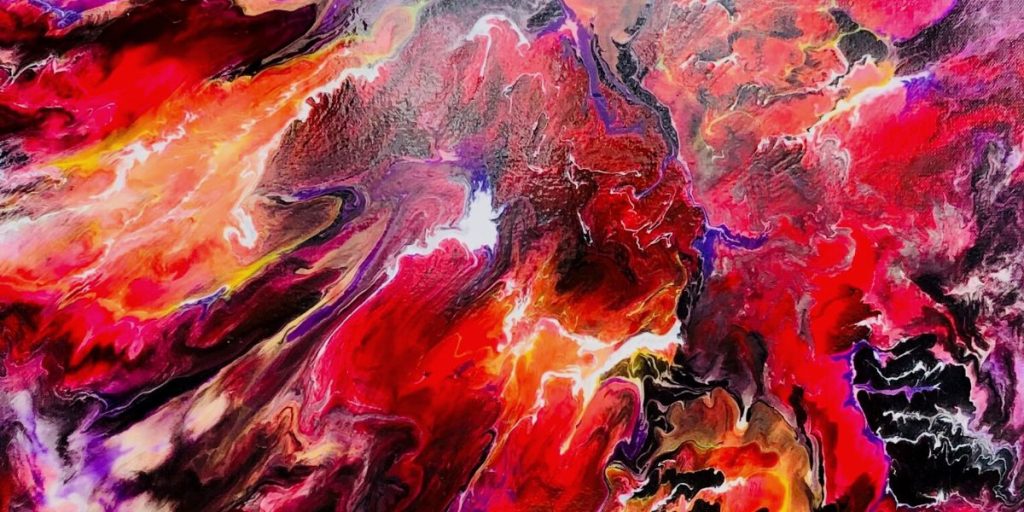
Visual & Emotional
A significant reason why I use colors so boldly is because colors visually translate emotions, allowing me to feel the abstract realm and expand on these emotions through visual art shapes within the flow. These are the visual artists who expand my inspiration through the visual and emotional realm:
Holton Rower
Holton Rower is a master at pouring colorful emotions. “I probably use more paint than anybody in the history of art,” Holton claims. Having used over 50 gallons of paint to create one piece, Rower’s experimentation of pouring over large-scale, 3-dimensional objects is incredible. Much of his work consists of his visual artwork of assemblage, installation, and presentation, which are his records of control, chance, human ingenuity, and natural forces.
When I began pouring, there weren’t many people doing it, and not much information about it; he was my first exposure to pouring. I watched his videos and viewed his photos in depth to learn the most that I could. Watching Rower work made me curious about the physics of pouring, and in turn ignited my desire to pour.
David Alfaro Siqueiros

Last but not least, I must tip my hat to David Alfaro Siqueiros: a Mexican visual artist and political activist who stumbled across this technique in his studio, which he described as “accidental painting.” Siqueiros was fascinated by the physics of this accidental painting. His fascination with this phenomenon led him to the science of Fluid Dynamics. Siqueiros taught me that the science behind Fluid Painting can give you greater control of your work.
Jackson Pollock
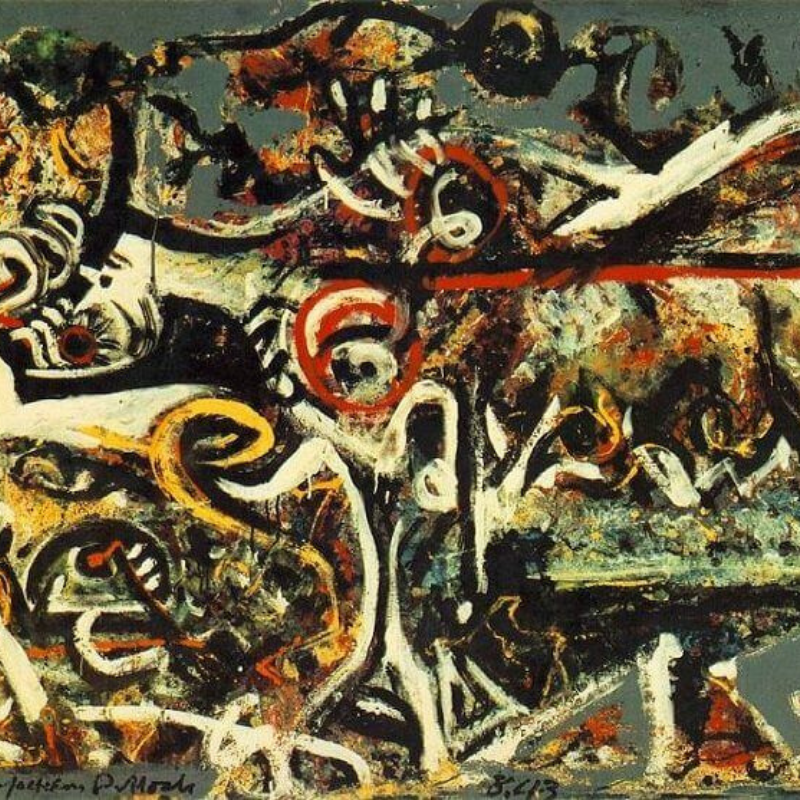
Just as Siqueiros’s “accidental painting” technique inspired me, it also inspired Jackson Pollock. The influence of Pollock’s perspective and how he lets go of control has allowed my work to be much more calming and contained while remaining free-form.
What Visual Artists Influence My Work?
My final answer: the merging of society, culture, color, and emotion. The balance of randomness and unpredictability I’ve found is an art in and of itself that equates randomness can be balanced. Continue the balancing act!


